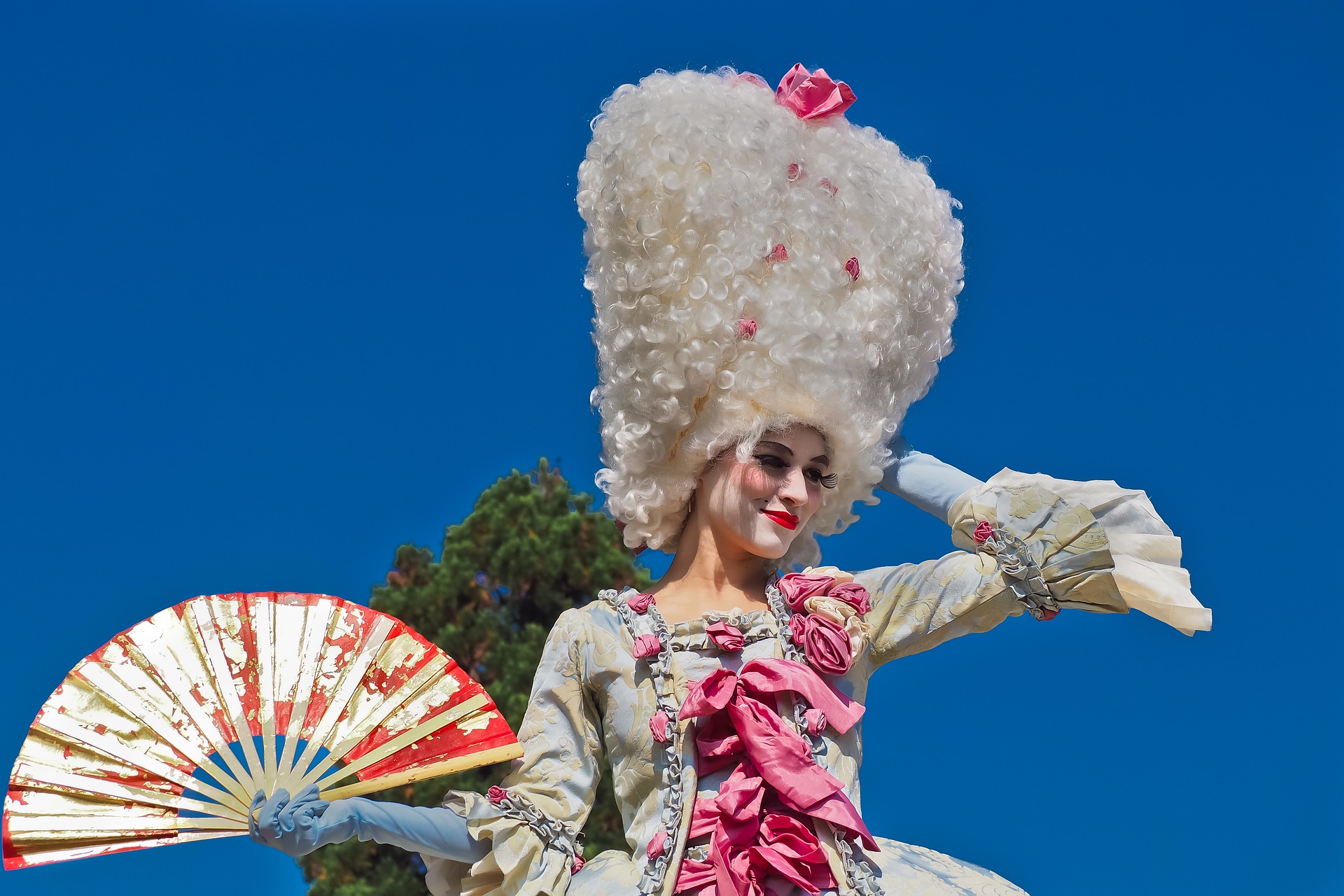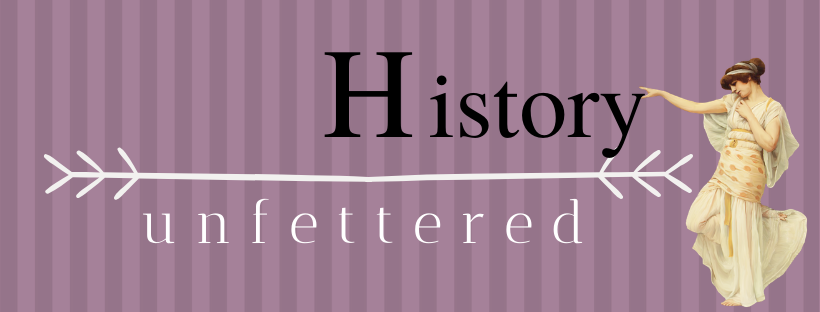Louis XIV And The Triumph Of The Big Wigs

Hair. As women we obsess over it. We slather it with products to make it bouncy, shiny, straight or curly. Back in the 80’s some of us were even mean enough to tease it. It’s not just us though, men are just as guilty. Maybe they don’t discuss it as much as we do, but they’re smart enough to understand we ladies appreciate a well-groomed head. There was a time, however, when men put way too much faith in the height and width of their locks. If nature couldn’t provide it, so what? Men were made to conquer and they would conquer their own heads . . .with a wig.
The Early Years
Like most things wigs started way back. Egyptians were the first to master the art of wig making. Made with human hair, wool, flax, or palm fibers, both upper class men and women found them an indispensable fashion statement. They developed their skills throughout the years and even created beard wigs. Who wants a full face of hair in a hot climate like that.
The Romans wore wigs too, only theirs were a bit different. They made their wigs out of the blond hair of German captives. In the beginning blond hair was a calling card required by law for the ladies of the evening. Eventually upper class ladies went for the fair haired look and went for blond or red wigs.
Something wiggy this way comes
When the empire went south, the world packed up all it’s wigs until the 1500’s. It wasn’t just fashion that first brought them back, it was Syphilis. One of the side effects of too much free love it seems, is hair loss. In a time when a long mane was a source of manly pride, going out without hair would be like going out without your pants. Not gonna happen baby.
The wigs of the 1500’s, however, were tame wigs. They sat inconspicuously on their owners head and never cried out for attention. The really weird and wonderful wigs didn’t arrive until the 17th century. Those were wild days when wigs were bold and audacious, when male heads looked like electrified poodles, and shrines were dedicated to Sampson’s hairbrush.
A Hair Raising Experience
During the late 1600s, Louis XIV was not only the king of France, but the king of fashion as well. In fact it was the Sun King that set France on the road to style stardom. Fashion, you see, became his economic stimulus plan. He endorsed clothing lines, had rules about what outfits to wear for different functions, and rewarded the good with permission to imitate his shoe style.
Everyone wanted to look like the fashion king, even to the point of imitating his hair. Those unlucky courtiers who couldn’t naturally grow long luscious locks like their monarch could make up for their imperfections with a wig. Naturally, everyone can’t be as perfect as me, said the king admiring his naturally long locks, “But it’s understandable they should want to try. Then one fateful day the king, who had previously turned his royal nose up at the whole wig thing, realized his hair was beginning to take it’s leave—and without the royal permission.
What if?
In that moment, when the Sun King was faced with making the decision to add fake locks to his royal head, did he realize the impact he would have on society? What if he had chosen to be bodaciously bald? Bald Heads are powerful heads, he could have cried out. As king, I am perpetually infused with the knowledge of the universe. Hair merely interferes with the reception.
He could have pulled baldness out of the mire of negativity, signaling to the world bald heads are actually beautiful shiny orbs of the gods. Unfortunately, it wasn’t to be. He wasn’t strong enough to buck tradition and embrace the naked noggin. Instead, he elevated his aura with a wig, eventually hiring 40 wig makers to support his new habit.
Oh that wondrous wig
To cover the royal head was no easy task. It could take hair from up to 10 heads just to make one wig. Fine hair, you see, is like fine wine. You can’t just use any old head, especially for the king. What was needed was quality hair. Now the Dutch had the best hair, but within France, the Normans were the preferred suppliers. Men were off the list of donators, and so were city women. The best hair came from the country women. They went around with their heads covered, keeping their locks lovely and protected.
Of course, a good wig maker had to be dedicated to his profession. The king’s wig maker, Georges Binet, certainly was. “I would strip every head in the kingdom bald in order to adorn that of his majesty,” he said. He might have found it necessary too because the king had nearly 1000 wigs. After all, a fashion king can’t just have good hair, he’s got to have great hair and it should be fitting for every occasion.
A wig for official functions?
Got it.
A wig for hunting?
Got it.
How about a wig for just staying home and kicking back on a lazy Sunday afternoon?
Oh yeah baby, got that too.
The fellowship of the wig
And so the revolution began. The wig, or perruque as they called it in France, became indispensable. Everyone wanted to imitate the style of their fashionable king, and the wig began to soar to new heights.
By the second half of Louis’s reign (1660-1715) hair had become quite dramatic. These wigs, known as the full bottom, had long tresses cascading down the back, over the shoulders, and down the chest. The hair was parted down the middle and swooped up into peaks on both sides—a most particularly endearing feature. The fad caught on so well that the number of Parisian wig makers went from 200 in 1637, to 945 by 1771.
Louis’ wigs caught on across the channel in England too. Charles II, who spent time exiled in France after getting in a little tiff with Oliver Cromwell and friends, returned home with his own Louis style faux curls. In fact, the wig was taking over Europe as a sign of status and power. Although wigs were being made everywhere in varying degrees of quality, French made wigs were the way to go. If you had the money, you could even get one from the shop of Georges Binet. You could then boast to all your friends that you and the king shared the same wig maker.
The easy life
Of course, wig makers loved what Louis XVII was doing for them, and did their best to improve the wigs popularity. One selling point was the ease and convince of the wig. For those who had the money, a wig guaranteed every day would be a perfect hair day, and the owner didn’t have to do a thing.
After all, why bother washing and styling your own hair when you could just as easily take it off and have someone else tidy it up for you? To wear one all you had to do was first shave off all your own hair and replace it with a nice little cap. This was to basically sop up the sweat accumulating under your heavy load of false locks. Wigs obviously weren’t worn at night, so the head was tucked into a cozy nightcap, hairless heads can be prone to colds after all.
Wig care 101
To keep those curls nice and bouncy they would need to be wrapped around hot clay rollers, definitely, a step better completed with the wig off. Then, of course, your wig would have to be powdered. A pomade would first be applied to help the powder stick. Color choices were grayish white, light brown, tan, and after 1703 a guy could go pure white. Other options were black, blue, lavender, pink, red or yellow. Generally, the powder was made of wheat flour or white clay. Jasmine, orris root, or bergamot were often added to give the wig a pleasant smell. So much powder was applied that an extra two pounds were added to the weight of the wig, allowing the wearer to work out and be fashionable at the same time.
Easy come, easy go
Fashion is a fickle lover and what’s in today can be out tomorrow, and so it was with the wig. All the hype over the height seemed to vanish overnight. The use of the wig continued, but by the time the sun was setting on the Sun Kings reign hair was taking on a more natural look. Tamer wigs continued to be worn until the French Revolution when the whole monarch look lost popularity.
So what do you think? Are you lusting for those long luscious locks? Can you imagine yourself dating a guy with thicker longer curls than you or like me are you wondering if you could even take a guy with hair like that seriously? Let me know in the comments.
Sources:
Hair: A Cultural History, Victoria Sherrow
The Essence of Style: How the French Invented High Fashion, Fine Food, Chic Cafes, Style Sophistication, and Glamor, Joan De Jean
The Mode in Hats and Headdresses, R. Turner Wilcox






Alan Asnen | 17th Oct 19
…and your writing style is so remarkably clean and witty.
nicolvalentin | 18th Oct 19
Well, thanks! I’m glad you’re enjoying it! I’m not real good at serious. 🙂